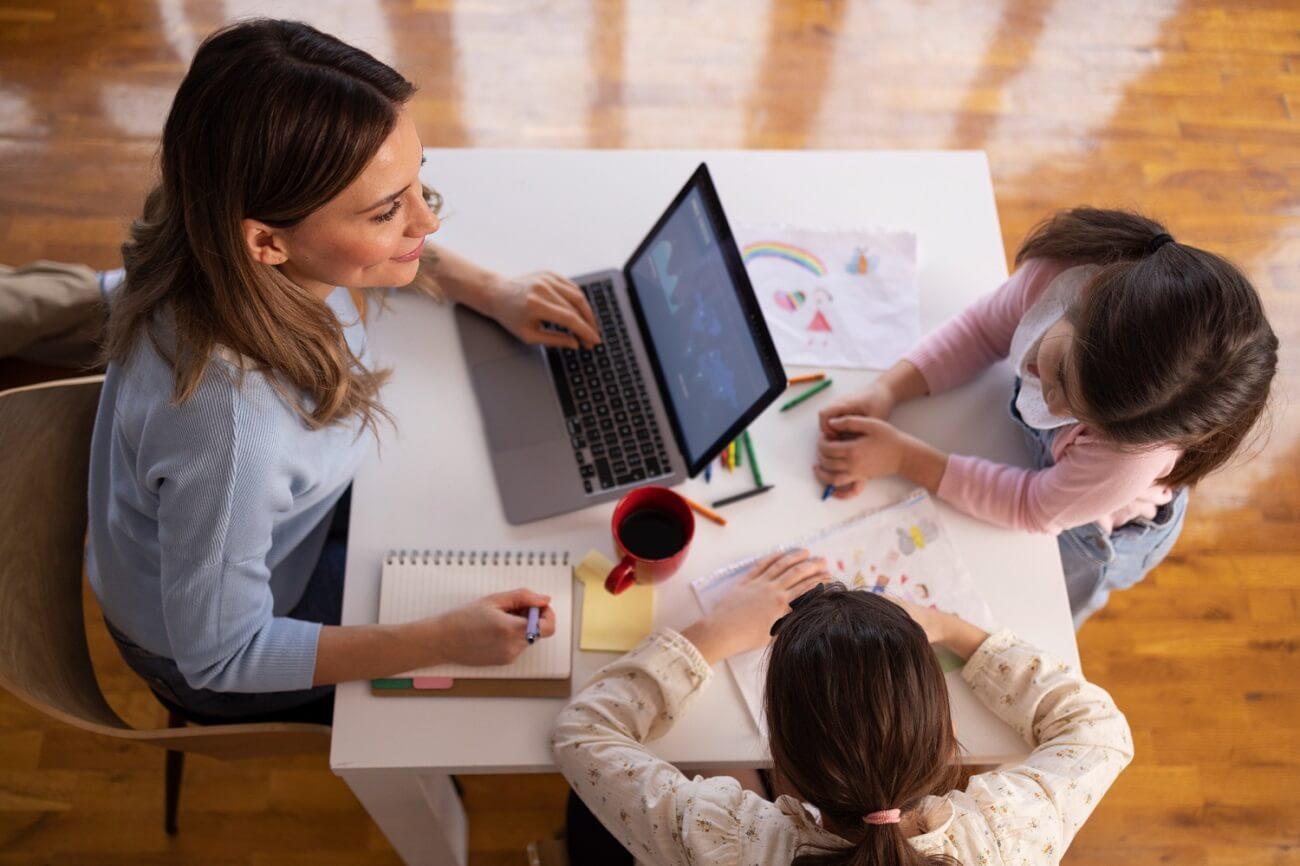
Creating a Successful Modern School: Best Practices and Teaching Methods
It can be challenging for leaders and people involved in teaching jobs who want to invest in an initiative to transform their educational institutions to find a clear route ahead given the discussions that seem to never cease about innovation and change. More than only financial investments in tangible assets are needed to create a modern learning environment. Despite the fact that the idea of the modern educational setting is still in its infancy, best practices—which include a dedication to student-centered instruction and continuing education for teachers—are already establishing a consensus. Students in contemporary classrooms are prepared for a future of shifting opportunities and advances in technology.
Creating a modern school
It will take a broad effort to develop an innovative system for modernizing education that will meet the needs of learners in the twenty-first century. A "modern school" is one designed for students who are navigating the 4th Industrial Revolution and the present evolving educational landscape. The cornerstone of constructing modern educational institutions will be founded not just on innovative technology or future construction, but also on establishing advanced learning environments. The focus will be on reexamining the tenets of what constitutes schooling, instruction, and learning. Those in educational leaders and management will be engaged in a continuous process of designing innovative schools. It will take decades to reimagine an educational system that was established just over a century ago.
Best practices in education for creating successful modern schools -
-
Modern educational institutions think that the best catalyst for change is innovation within the classroom.
Although it may be alluring for schools to rely on professionals who support evidence-based best practices, contemporary schools are becoming more aware of the drawbacks of doing so. In order to decide where their time and energy should be spent most effectively, modern schools must take into account their particular circumstances, the demands of their student cohort, their exposure to new technologies, as well as the makeup of their workforce. A crucial first step to fostering long-lasting change is working with academics to create a longer-term school-based research effort.
-
Selecting an educational approach carefully
Many various approaches to education are being applied in order to create environments where children will want to acquire knowledge and may succeed. Examples include basic learning, interdisciplinarity, and inquiry-based learning. These models all want to replace the ones already in use, as do the numerous fresh models that will appear in the future. Some items are only trendy and will become obsolete in a couple of years. Others either won't go away for long or will be integrated into more sophisticated models. Choosing which model of education to apply when developing a new educational system will be challenging.
-
Modern educational institutions must adopt new pedagogies with a change in practice
Modern leaders must be able to describe the scope of the influence that innovation will have after deciding to undertake school-led transformation and clearly communicate their views on how students learn. Schools must recognize that their current ideas of learning may not be sufficient in the age of modern leadership. To explain how their pupils learn in a technologically advanced environment and how their teachers currently instruct in that environment, they will probably need new vocabulary and pedagogical models.
-
Transformation occurs with a clear understanding of the digitally rich world
Transformation won't take place until we have a comprehensive knowledge of how contemporary learners study in the technologically advanced society they inhabit. We can create new pedagogies to investigate deeper, more pertinent learning inside schools if we have a better knowledge about what is learned in this informal setting. In our classrooms today, we have a tendency to look backward at our current practices and look for methods to add technology use on top of them. Even in a world where technology is pervasive, the outcomes are often disappointing and merely additive rather than transformative.
-
Modern campus and classroom architecture
Without a doubt, schools today won't look anything like the ones we visited just a few decades ago. Numerous options must be taken into account when remodeling the classroom, including the seating layout, collaborative areas, and show-casting areas. The entire school might also benefit from using this on a larger scale. The best school architecture firms will help schools think through how to design spaces that will best serve the requirements of learners, teachers, and administrators.
-
Integrating Skills for the future to continuously hone and enhance their methods
While it may be tempting to execute large-scale change or copy teaching and learning strategies from other institutions and other outside sources, these initiatives too frequently fall short of expectations, and nothing is learned as a result. Trials and pilots both have a chance of failing. Modern teachers are more inclined to approach change gradually, which increases the likelihood that the change will be successful. Small, iterative steps are taken throughout implementation, allowing for continuous impact evaluation and practice improvement.
-
Qualitative improvement serves as a barometer for transformation
Instead of just focusing on what their pupils have learned, modern schools measure change as a function of the change in how kids learn. It involves gathering proof of this change from their students' work and qualitatively evaluating their advancement. This entails documenting how their students' learning has changed as well as how they work on challenging projects, collaborate to build knowledge, and make wiser choices regarding their education. The learning environment will also change as a result of this, including the roles and duties of the teachers and students, the actual educational spaces, and of obviously, the technologies used.
Recent Blogs

For kids to achieve well, teachers must

One of the most crucial aspects of your